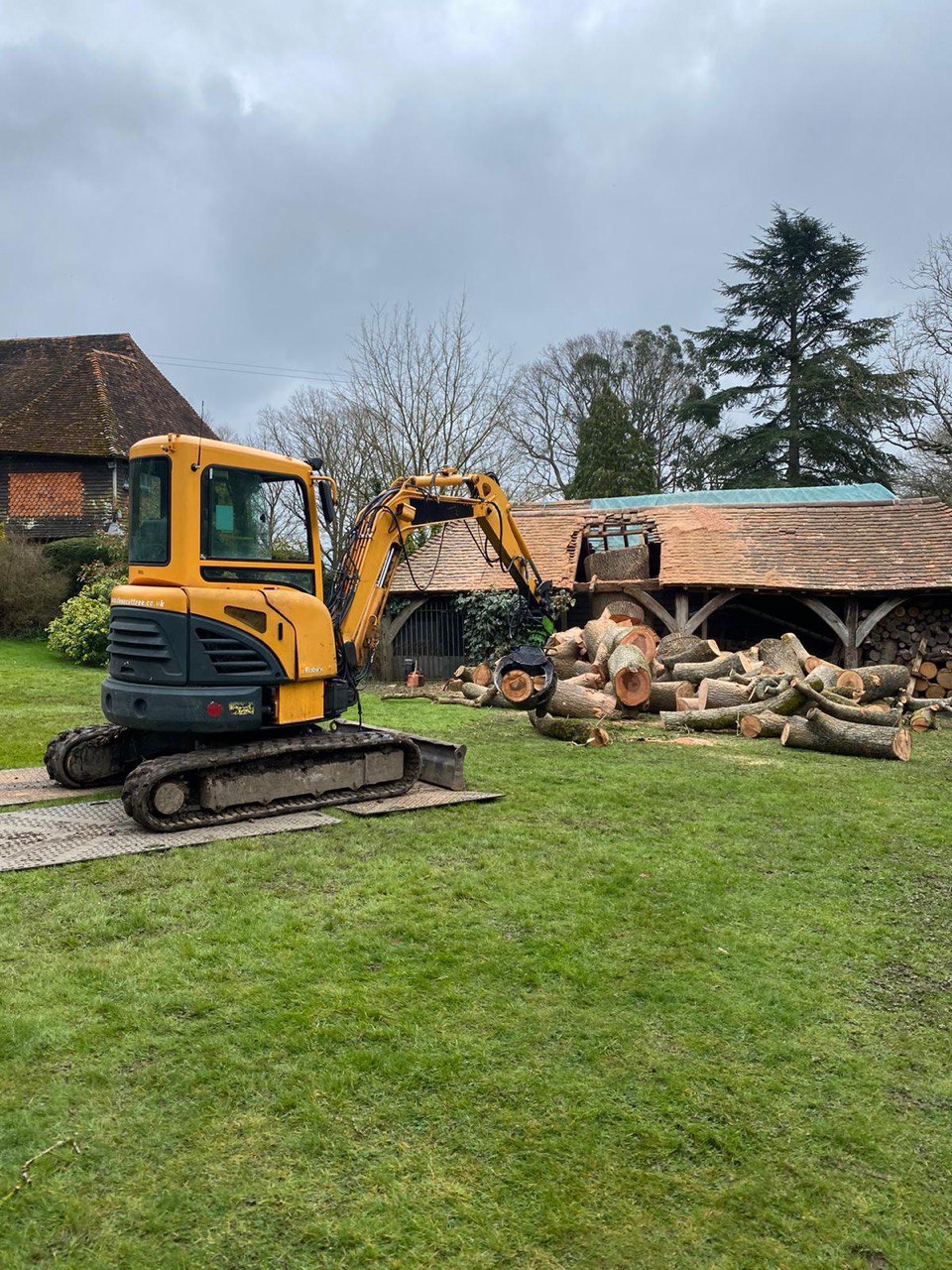Introduction: Trees are magnificent living organisms that beautify our landscapes, provide shade, and offer numerous environmental benefits. While we admire their towering trunks and lush canopies, it’s easy to forget the complex and vital network hidden beneath the surface—the root system. This guide will delve into the fascinating world of tree root systems to understand their structure, functions, and importance.

Structure of Tree Root Systems
Tree root systems are intricate and adapted to various environmental conditions. They consist of two main types of roots:
- Structural Roots
These large, woody roots provide stability and support for the tree. They anchor the tree to the ground and help it withstand strong winds and storms. Structural roots typically grow horizontally, radiating outward from the tree’s base.
- Absorptive Roots
Absorptive roots, also known as feeder roots, are responsible for water and nutrient uptake from the soil. These finer, more delicate roots extend from the structural roots and spread extensively through the soil, forming a dense network.
Functions of Tree Root Systems
Tree root systems serve several essential functions that contribute to a tree’s overall health and the ecosystem:
- Nutrient and Water Absorption
Absorptive roots are crucial in absorbing water and essential nutrients from the soil. They transport these vital resources to the rest of the tree for growth and maintenance.
- Anchoring and Support
Structural roots anchor the tree firmly in the ground, preventing it from toppling over in strong winds or heavy rains. They provide stability to the tree and support its massive above-ground structure.
- Storage
Roots also store water and carbohydrates (sugars) reserves that the tree can tap into during drought or when energy demands are high, such as during spring bud break.
- Soil Improvement
Roots help improve soil structure by binding soil particles together and increasing its ability to hold water and nutrients. This, in turn, benefits other plants and organisms in the ecosystem.
Distribution and Depth
The distribution and depth of a tree’s root system can vary widely depending on the species, soil conditions, and climate. Here are some general characteristics:
Shallow Roots: Some tree species, like oak trees, have relatively shallow root systems that extend just a few feet below the surface. These trees send roots horizontally to capture moisture and nutrients near the topsoil.
Deep Roots: Other trees, such as pine trees, develop deeper root systems extending tens of feet below the surface. These deep roots are advantageous for accessing groundwater in arid regions.
Lateral Roots: Many trees, including maples and elms, primarily have lateral root systems that spread horizontally rather than deeply. These lateral roots can extend well beyond the canopy’s drip line.
Protecting Tree Roots
Understanding the importance of tree root systems is essential for their preservation. Here are some tips for protecting tree roots:
Avoid Compaction: Heavy machinery, foot traffic, or construction can compact soil and damage tree roots—Minimise soil compaction in the root zone.
Mulch: Apply mulch around the base of trees to conserve moisture, regulate soil temperature, and prevent mechanical damage from lawn equipment.
Pruning Carefully: When pruning tree roots, consult an arborist to ensure it’s done correctly without harming the tree’s health.
Proper Irrigation: Water trees deeply and infrequently to encourage deep root growth. Avoid shallow, frequent watering that can promote root surface development.
Preserve Natural Areas: Leave natural areas around trees undisturbed to protect their root systems.
Conclusion: Tree root systems are the hidden heroes of the arboreal world, supporting the life and growth of magnificent trees. Understanding their structure and functions helps us appreciate the importance of preserving and caring for these vital components of our natural environment. Proper tree care and conservation efforts ensure that future generations can continue enjoying these majestic organisms’ benefits.
Call us on: 01227 204594
Click here to find out more about Whitstable Tree Surgeons
Click here to complete our contact form and see how we can help with your tree’s needs.